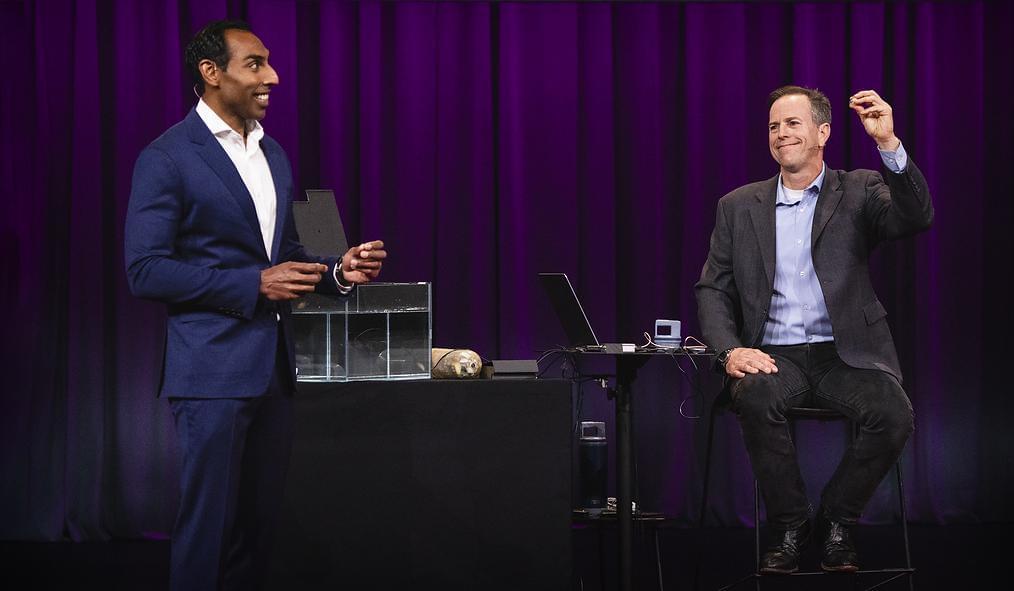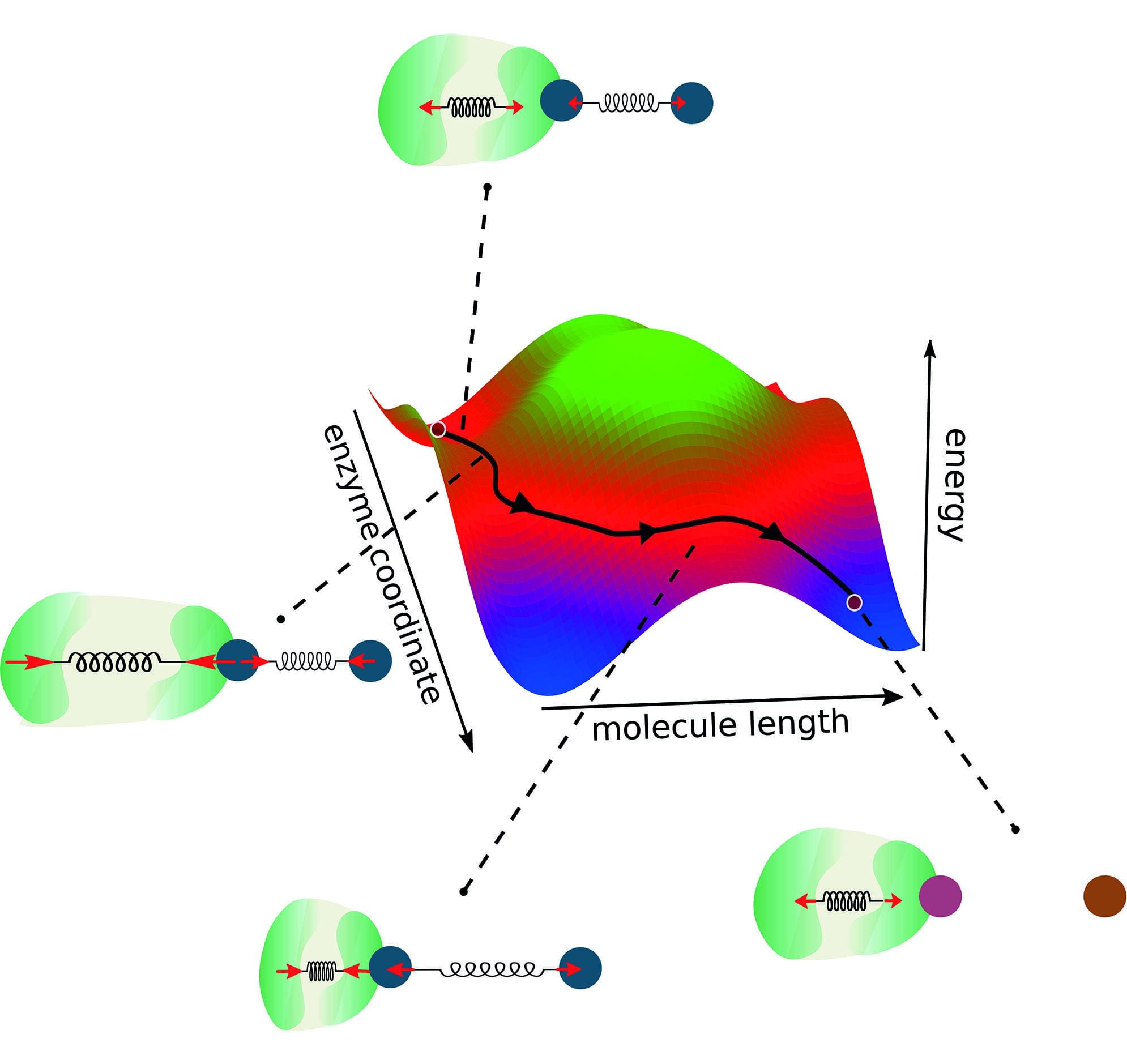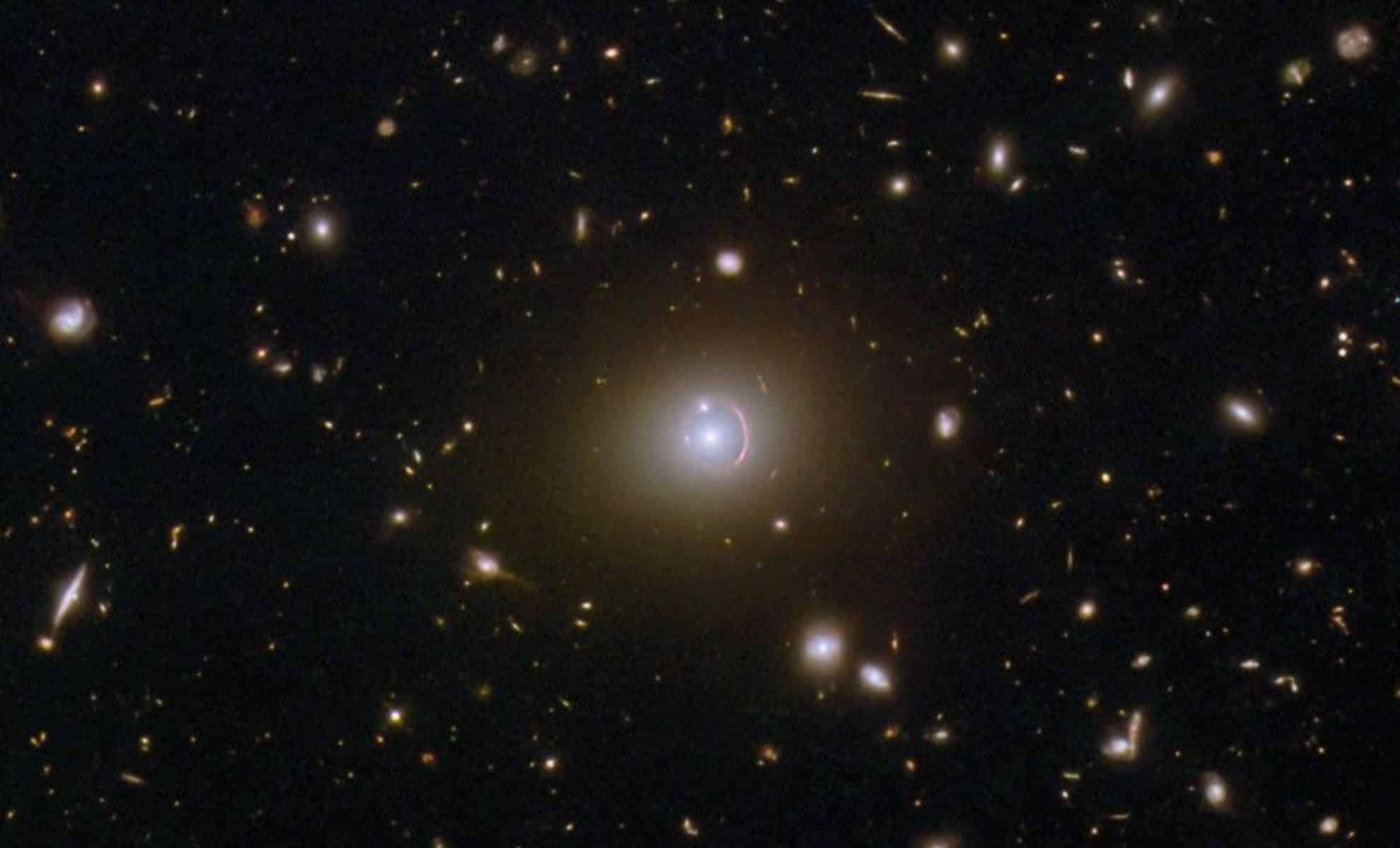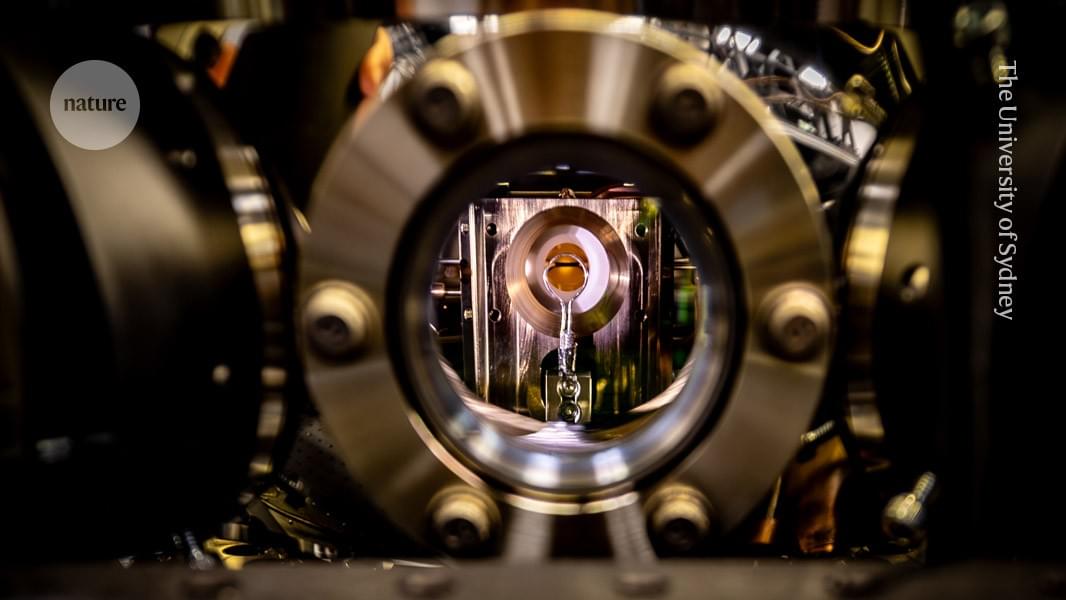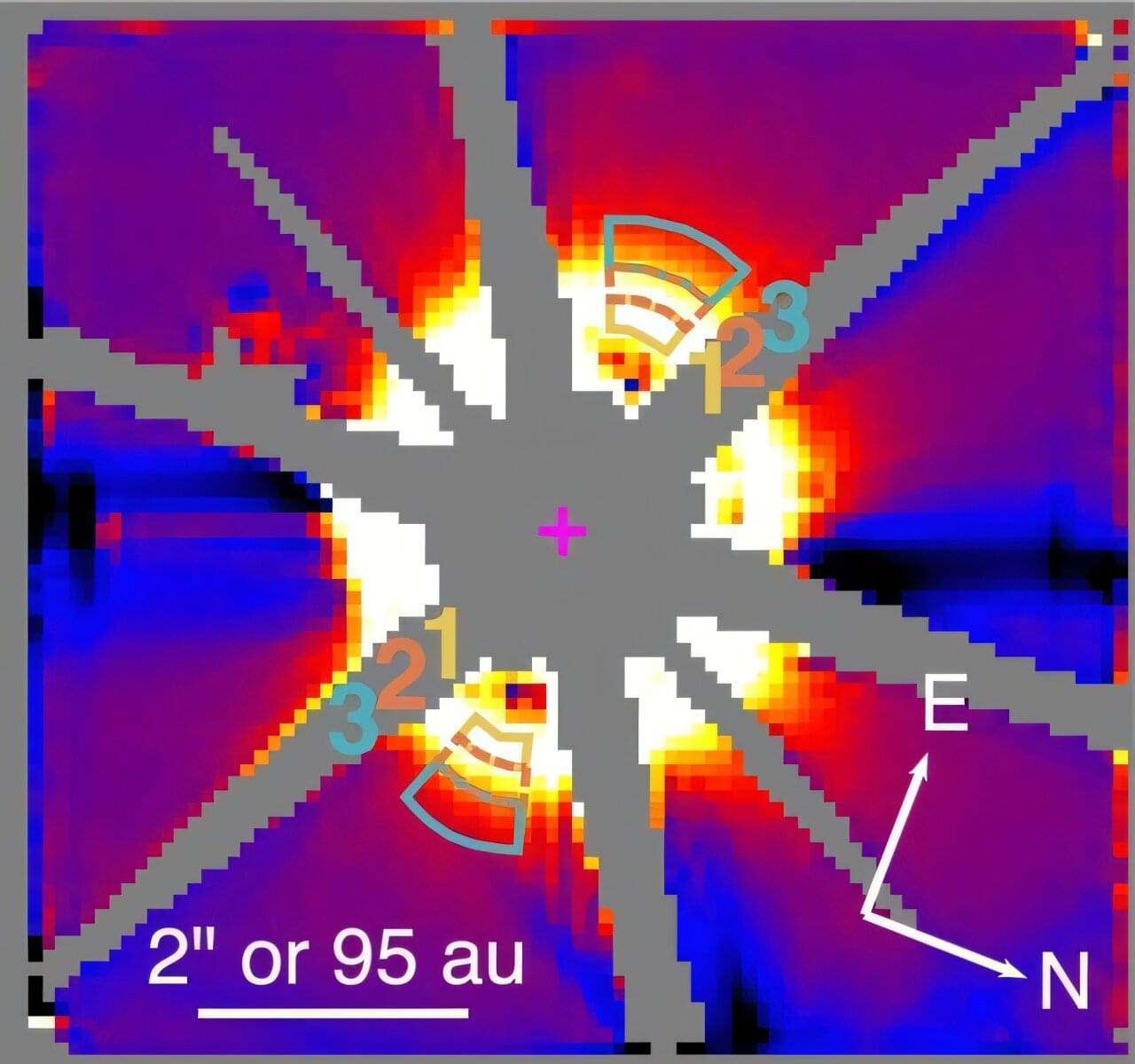Munich, 4 June 2024 – According to the World Wildlife Fund (WWF), the pulp and paper industry is one of the largest industrial sectors in the world and has an enormous influence on global forests. This sector accounts for 13–15% of total wood consumption and uses between 33–40% of all industrial wood traded globally. In search of more sustainable solutions for paper production, 23-year-old Ukrainian inventor Valentyn Frechka developed a method for recycling leaf litter into paper. Frechka is a finalist for the Young Inventors Prize of the European Inventor Award 2024, in recognition of his promising work towards a circular economy and addressing one of the United Nations’ Sustainable Development Goals (SDGs). He was selected from over 550 candidates for this year’s edition.
Using new technology to recycle fallen leaves into paper
The global loss of trees is known to significantly exacerbate climate change, increasing air pollution levels, causing the loss of biodiversity, and disrupting the water cycle. Global warming also leads to issues such as soil erosion and reduced freshwater availability. It also increases costs for managing environmental problems such as flooding.

